SUMMARY
This is AI generated summarization, which may have errors. For context, always refer to the full article.
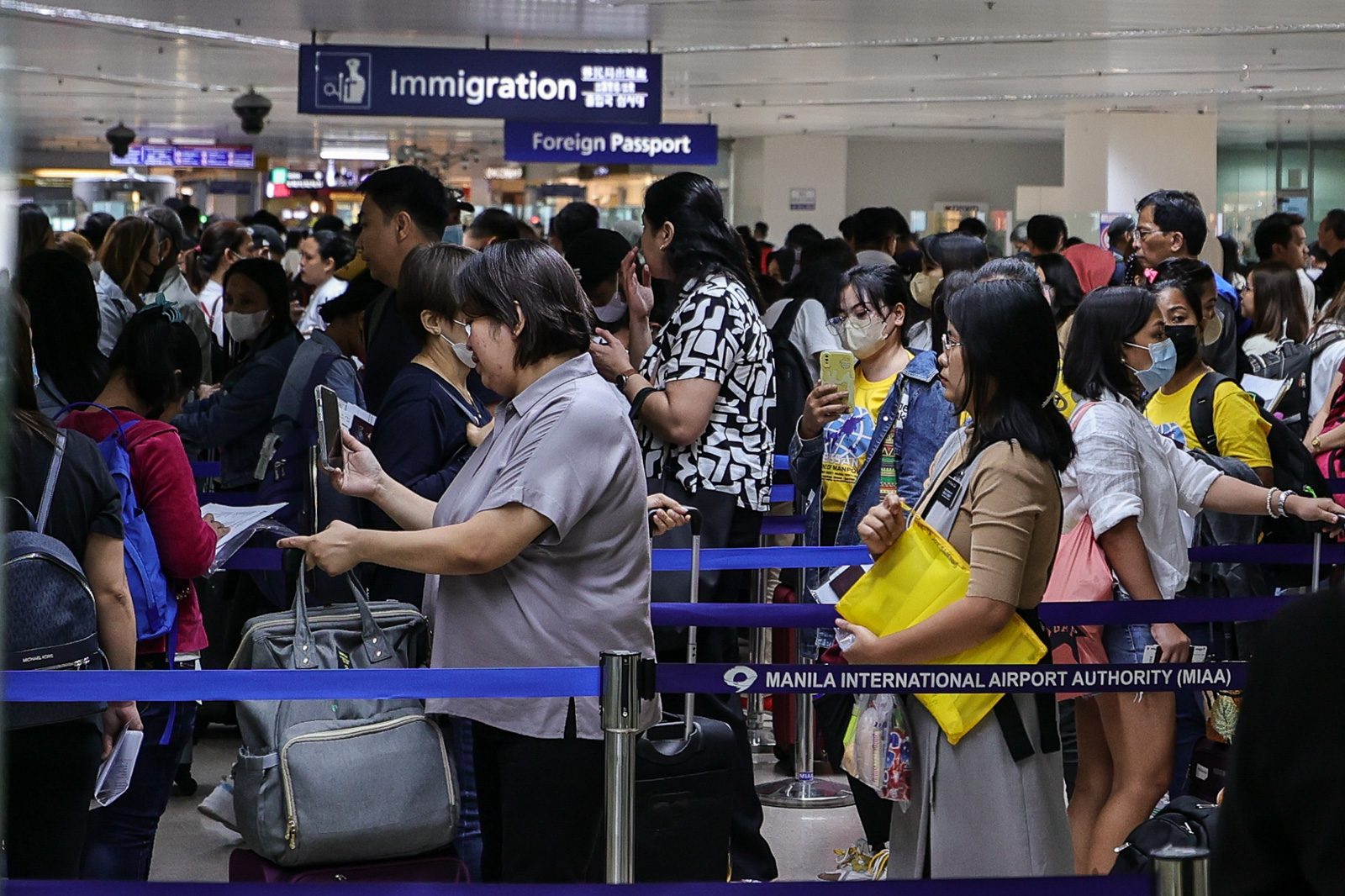
MANILA, Philippines – On top of a P267-billion plan to rehabilitate the country’s main international gateway, the Ninoy Aquino International Airport (NAIA), Manila may need to build another airport altogether to serve the growing demand for air travel, according to the Manila International Airport Consortium (MIAC).
“A two-airport strategy is critical. In fact, Manila is the only city we know of that has more than 20 million people that has only one airport,” said Jim Yong Kim, vice chairman of Global Infrastructure Partners, which is part of the consortium.
There are already two airport developments just beyond Metro Manila. Possibly commencing operations by 2027, San Miguel’s New Manila International Airport in Bulacan province will have four parallel runways and interlinked expressways and railways. Meanwhile, down south of Metro Manila, another consortium will develop the Sangley Point International Airport with two runways in Cavite.
Kim said that he was not aware at exactly what stage of development each airport is currently in, but that he assumes one of them would be developed while NAIA is being rehabilitated.
“Once we get to having these two airports functioning well, we’ll be just catching up with the rest of the large cities in the world,” he added in an interview on ANC’s Headstart on Tuesday, June 20.
Passenger demand for the airport system serving Metro Manila is estimated to grow to 59 million passengers per year in 2024, climbing to 141 million passengers per year by 2048.
Meanwhile, NAIA has already been working well above its limits. In 2019, it handled more than 48 million passengers, far above its maximum declared annual capacity of 31 million passengers. By 2028, it’s projected that more than 55 million passengers would be passing through NAIA every year.
“Nearly every city in the world with over 15 million people is served by more than one airport. Having multiple airports allows for decongestion while also providing redundancy to ensure service continuation. This is especially important in the Philippines as it is prone to natural disasters,” Kim explained during MIAC’s press conference on Monday, June 19.
MIAC does not intend to build another airport. Instead, it plans to spend P267 billion to rehabilitate NAIA and double its annual capacity by 2048. The hope is that the upgrades done to NAIA can boost capacity and serve growing passenger demand while new airports are being built.
“By that time, we hope that there will be two functioning airports. And even with two functioning airports, the capacity will be enough to keep both airports very busy,” Kim said during the Tuesday interview.
In return, MIAC wants a concession period of 25 years to run the airport and recover its investment – substantially longer than the 15 years given under the government’s proposal.
MIAC argues that the longer concession period is a “minimum” for it to complete its upgrades – which includes fixing jet bridges, baggage systems, and the ambitious goal of having passengers get through the front door to the shops in 5 minutes.
“You need that much investment just to make it safe and efficient. You cannot get to a situation where you have 95% of the people getting through in 5 minutes, where you have baggage handling working effectively. You cannot do all that with the kind of investments you can make with only a 15-year concession,” he said.
The longer period would also allow fees to be spread out, lowering fee hikes. MIAC disclosed that it intended to raise fees, but not to a level higher than those in Mactan-Cebu International Airport in central Philippines, or in Clark International Airport, a former US air base in central Luzon north of the capital that was converted to a civilian airport.
‘Optimistic’ under Marcos
MIAC is composed of Aboitiz InfraCapital, AC Infrastructure, Asia’s Emerging Dragon Corporation, Alliance Global-InfraCorp Development, Filinvest Development Corporation, JG Summit Infrastructure Holdings Corporation – a group of conglomerates which collectively represents about 50% of the total market capitalization of the Philippine Stock Exchange Index.
MIAC also includes Global Infrastructure Partners as its technical, and operations and maintenance partner.
Many members of the current consortium were also part of a previous push to rehabilitate NAIA back during the Duterte administration. But the plan eventually fell through.
This time around, the group is confident that they have the support to get the job done.
Filinvest Development Corporation president and chief executive officer Josephine Gotianun-Yap said she was “optimistic” that the consortium’s plans would push through under the Marcos administration.
“I’m on the advisory committee on tourism and I can see that the President is very receptive to all the suggestions towards improving the tourism growth in our country,” she said during the Tuesday interview.
MIAC, which submitted its unsolicited proposal to the Department of Transportation last April 27, hopes that a decision would arrive by the end of the year, allowing them to work on implementation by early next year. It claimed that its technical studies and financial closing are all “ready to go.”
“So, it will be very fast for us to get this project done. Unlike in the solicited proposal, when the party is announced, they will still do their financial closing, which will sometimes take as much as a year. So we believe that this is the fastest way for the government to get this project done,” Gotianun-Yap said. – Rappler.com
Add a comment
How does this make you feel?
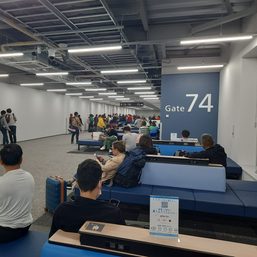
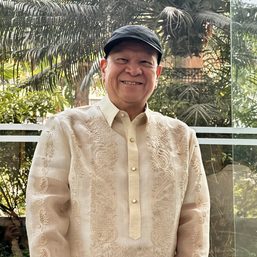
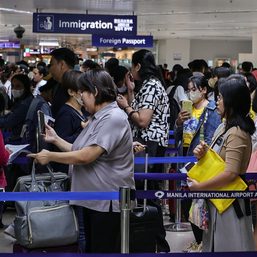
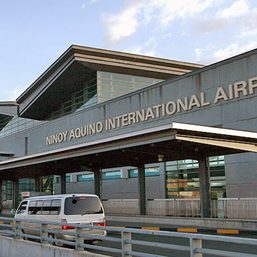
![[Vantage Point] Bug and rodent infestation in NAIA: Why aren’t we surprised?](https://www.rappler.com/tachyon/2024/03/tl-bugs-and-rodents.jpg?resize=257%2C257&crop_strategy=attention)
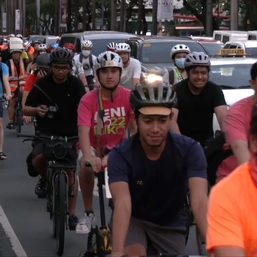
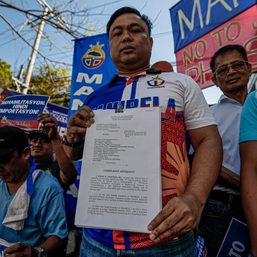
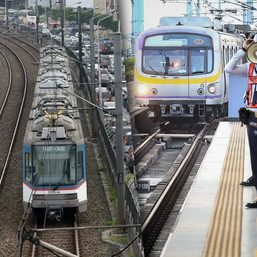
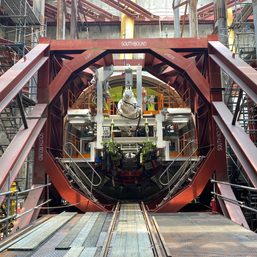
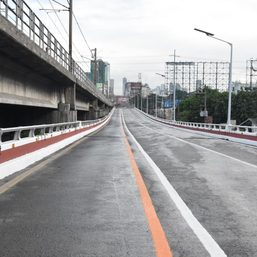

![[ANALYSIS] Investigating government’s engagement with the private sector in infrastructure](https://www.rappler.com/tachyon/2024/04/tl-gov-private-sectors-infra-04112024-1.jpg?resize=257%2C257&crop=435px%2C0px%2C1080px%2C1080px)
![[OPINION] Cities and public spaces should be for people first](https://www.rappler.com/tachyon/2024/04/imho-people-first-city-04132024.jpg?resize=257%2C257&crop_strategy=attention)
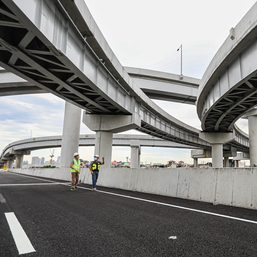
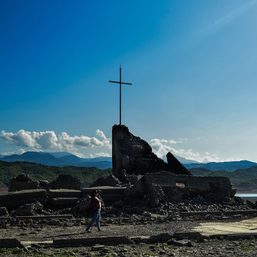




There are no comments yet. Add your comment to start the conversation.